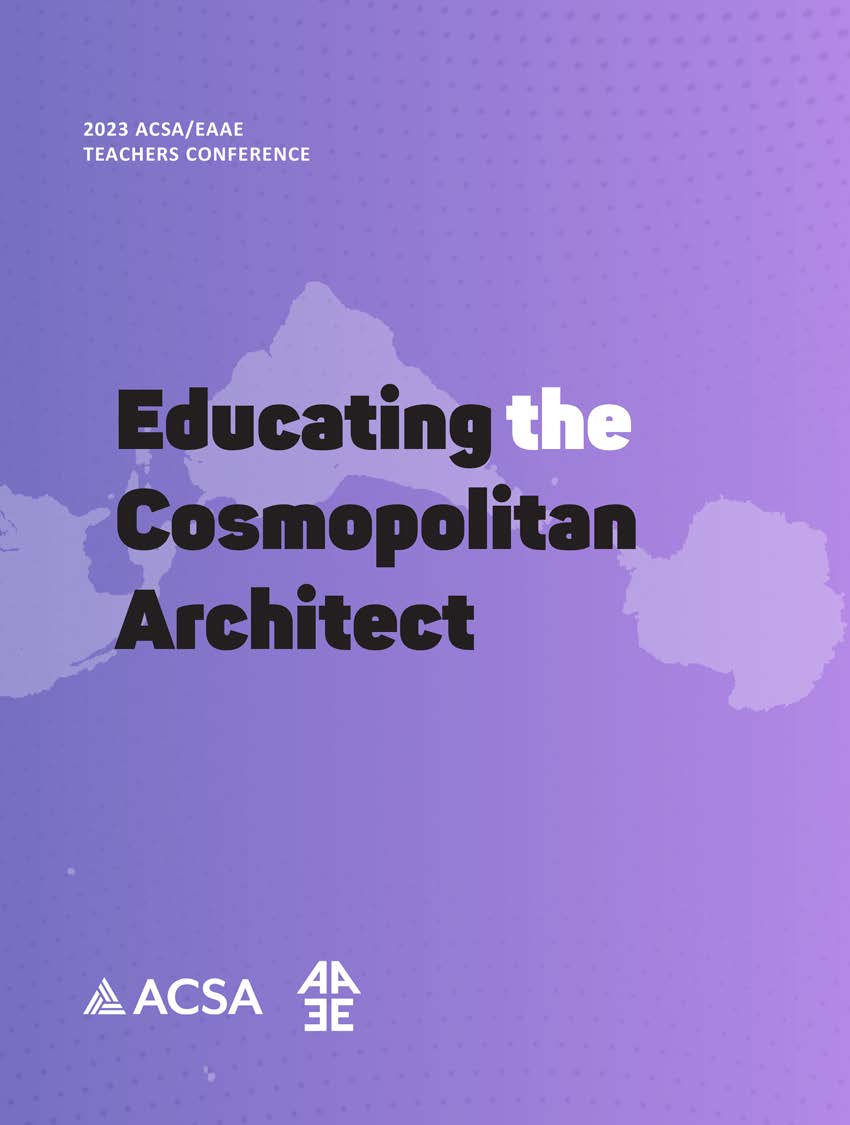Author(s): Sarah Aziz
Tumbleweed Rodeo is a multi-sensory, multi-species approach to understanding temporality, migration, and the arbitrary nature of borders by tracing the vectors of tumbleweeds’ movement from where they’re from–the Caucus Region–to where they’ve ended up: America. Despite its ubiquity in and synonymity with the American Southwest, the plant has mostly evaded critical inquiry; while much literature exists in the fields of agriculture, botany, and environmental science, there is little in cultural anthropology and none in architecture, save one essay on the plant’s formal properties. It’s precisely because of this–the lack of scholarly work and recognizable expertise–that makes the tumbleweed an exceptional resource for helping students and faculty to shape their education, work across multiple sites to train their imagination, and ask questions outside their frame. Over the last three years, architecture students from across the Great Plains have engaged collaborators in America and Caucasia to tag, track, draw, and build with tumbleweeds because they defy humanmade borders and ask new questions of indigeneity and invasiveness. This paper covers three examples of architectural studios that work with the plant: the first comprises two month-long participatory performances in Lubbock, Texas, and Chicago, Illinois, respectively; the second centers on reimagining architectural tools to produce new forms of human and non-human extra-thick mappings between New Mexico and Tbilisi, Georgia; and the third docu¬ments the planning efforts of students in Colorado who will execute five design-build events in a borderland region with an overlay of different cultures.
https://doi.org/10.35483/ACSA.Teach.2023.47
Volume Editors
Massimo Santanicchia
ISBN
978-1-944214-44-9

 Study Architecture
Study Architecture  ProPEL
ProPEL 
